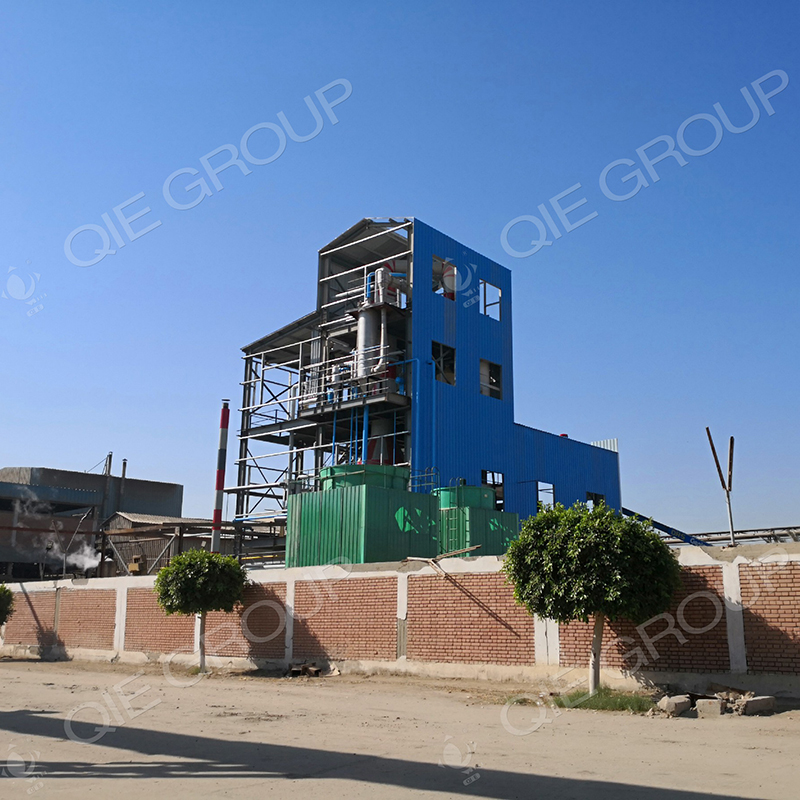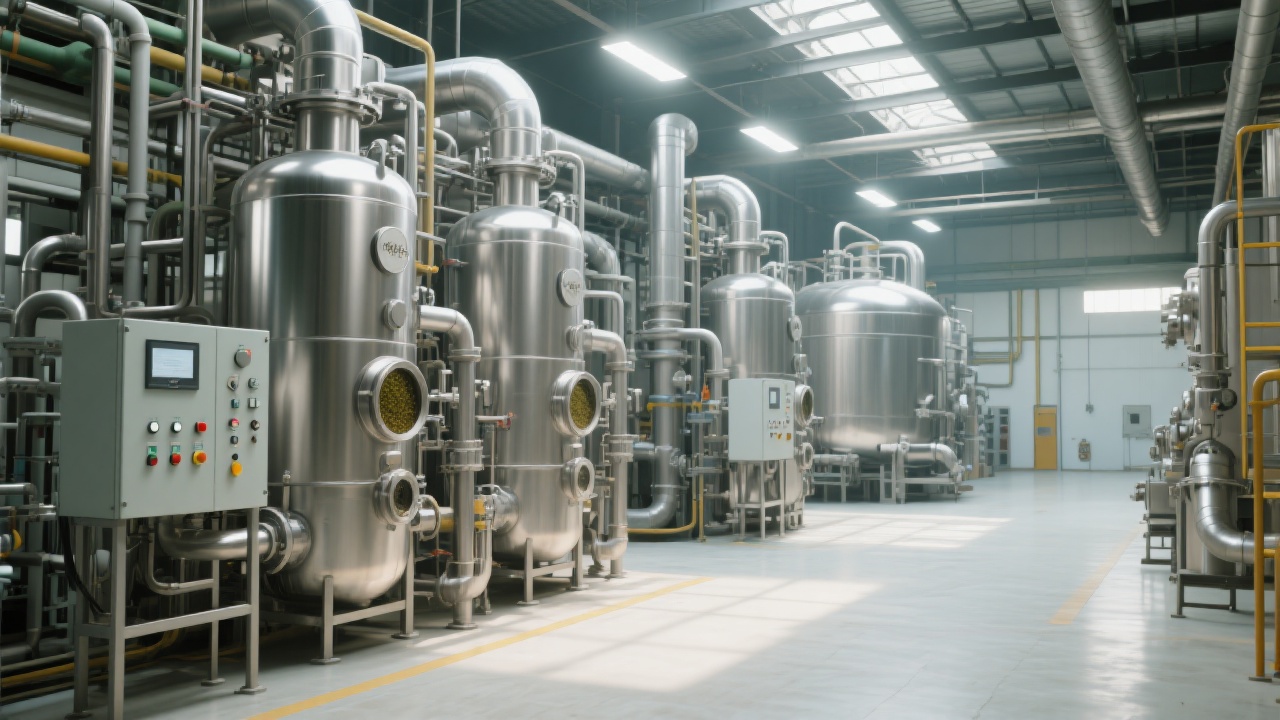
In an era of increasingly stringent food safety regulations, small and medium - sized sesame oil producers often face recurrent issues of microbial over - standardization due to inadequate cleaning management. This not only damages their brand reputation but also significantly impacts their market competitiveness. For instance, a single case of microbial contamination can lead to a 30% drop in sales and a long - term negative impact on brand image.
The Penguin Group's fully enclosed sesame oil production line offers a comprehensive solution to these problems. Let's start with the technical aspects.
The choice of materials is crucial. The production line is made of 304 stainless steel, a food - grade material known for its excellent corrosion resistance and hygiene properties. Compared to ordinary steel, 304 stainless steel reduces the risk of microbial adhesion by up to 80%. Its smooth surface makes it difficult for bacteria and other microorganisms to attach, effectively preventing cross - contamination from the source.

The precision sealing structure is another key feature. The line is designed with a tight - fitting seal that prevents external contaminants from entering the production process. This design reduces the probability of external microbial intrusion by 90%, ensuring a clean and controlled production environment.
The automated CIP (Clean - in - Place) cleaning system is the heart of the anti - contamination strategy. It can thoroughly clean all parts of the production line without disassembly. The CIP system runs a series of cleaning cycles, including pre - rinse, detergent cleaning, and final rinse. This process can remove up to 99% of microbial residues, ensuring that the production line meets the highest hygiene standards.
A well - defined cleaning schedule is essential. On a daily basis, operators should perform a quick visual inspection of the equipment, check the seals for any signs of damage, and run a short CIP pre - rinse cycle. Weekly, a more comprehensive cleaning should be carried out, including a full CIP cycle and a detailed check of critical components such as pumps and valves. Monthly, a deep - cleaning process should be performed, which includes disassembling and cleaning hard - to - reach parts, and replacing any worn - out seals.
Personnel training is also a key factor. Employees should be trained on proper cleaning procedures, safety protocols, and the importance of hygiene in food production. A well - trained workforce can reduce the risk of human - error - related contamination by 70%.
Let's look at some real - world examples. In one small sesame oil factory, failure to regularly clean the filters led to a significant increase in microbial colonies. The factory's products failed multiple quality inspections, resulting in a loss of major customers. In contrast, another factory that adopted Penguin Group's fully enclosed production line and strict cleaning procedures achieved stable compliance with international food safety standards. The closed - loop control system ensured that the microbial levels in the products were consistently within the acceptable range, helping the factory to expand its market share.

As global food safety regulations continue to evolve, fully enclosed production systems are becoming the standard for compliance. Not all equipment can achieve truly aseptic production, but Penguin Group's sesame oil production line is designed to meet and exceed these requirements.
In conclusion, the Penguin Group's fully enclosed sesame oil production line provides a reliable solution for small and medium - sized food producers to address microbial contamination issues. By understanding the technical principles, following the operation guide, and learning from real - world case studies, food factories can establish a practical hygiene management system that helps their products meet international standards and gain consumer trust.
Upgrade Your Sesame Oil Production with Penguin Group's Solution!